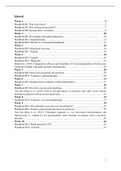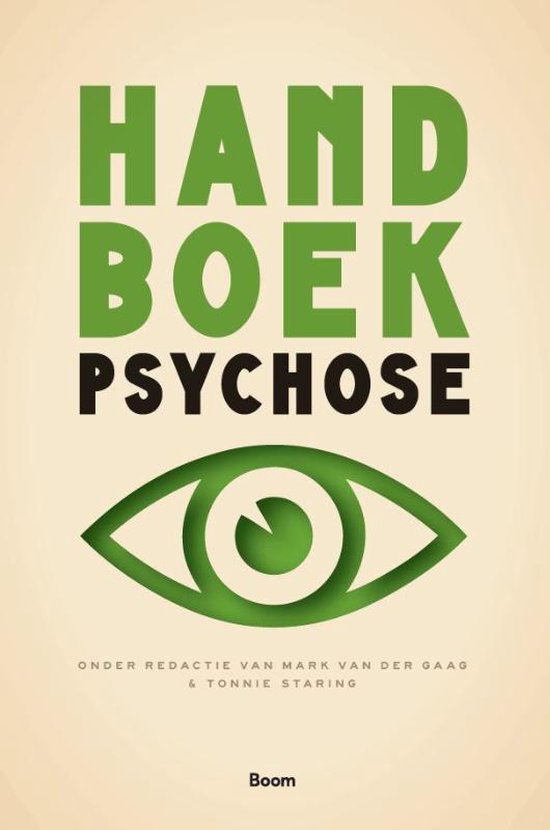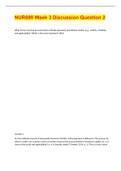Summary
Samenvatting Masterclass Psychosen Master Klinische Psychologie
- Course
- Institution
- Book
Dit is een complete samenvatting voor de Masterclass Psychosen van de Master Klinische Psychologie. De samenvatting is gebaseerd op het Hanboek Psychose van Mark van der Gaag en Tonnie Staring, op de artikelen en op de colleges. De samenvatting wordt wekelijks geüpdate totdat deze helemaal complee...
[Show more]





